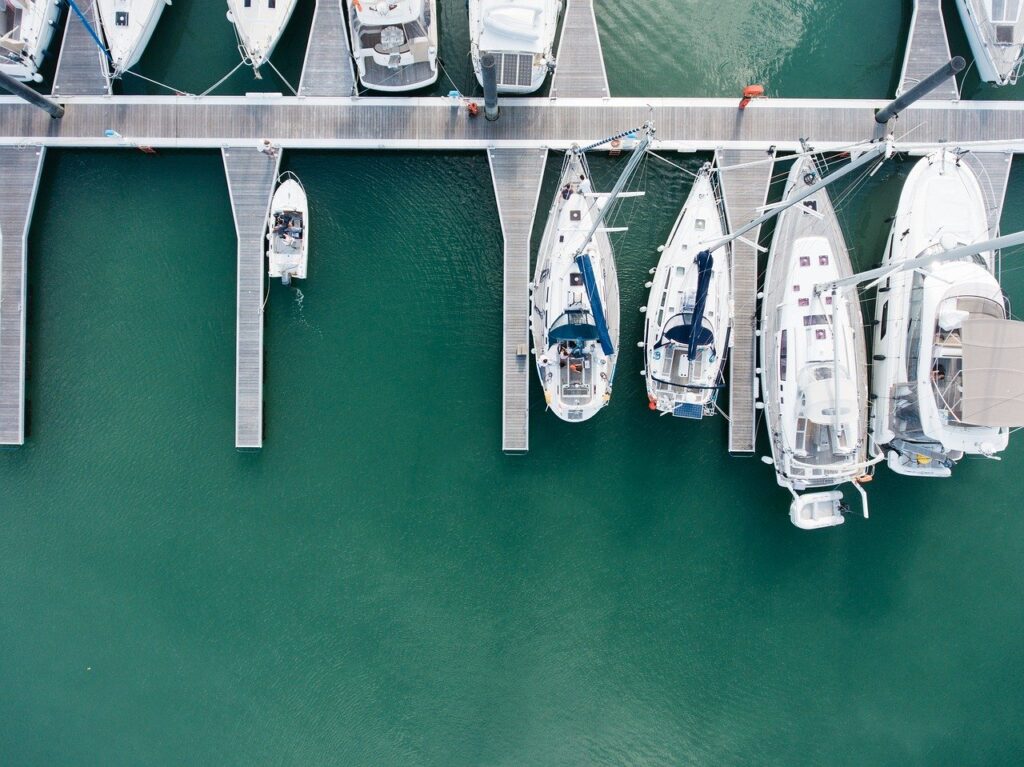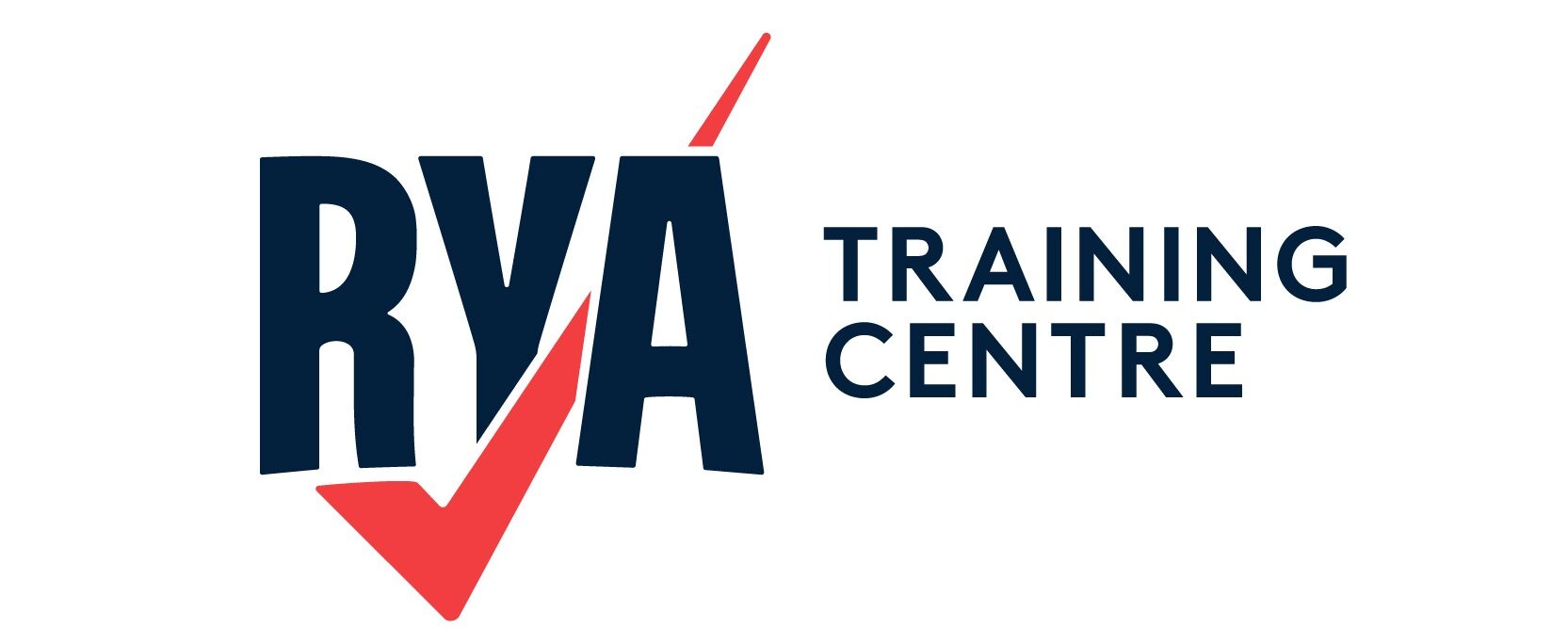
Boat handling basics are important to master. Steering a boat has very little in common with steering a car. Whereas a car has grip on the road, a boat slides on the surface of the water in the wind.
It may be more realistic to think of steering a boat like steering a wheelbarrow. The boats rudder is positioned at the stern and you swing out the back end to direct the front end where to go.
Boat Handling Basics – Pivot Points
Even though you see the bow turning, it is the stern of the boat that is being steered, as the rudder is positioned aft.
As a boat motors ahead it pivots around a point roughly a third from the bow, near the mast. You need to be aware of obstruction collision with your rear quarter.
If you are motoring in astern, the opposite is true. The pivot point is a third from the stern, and you need to be aware of obstructions near your bow as it swings around.
Wind
There are two effects the wind will have on a boat:
- If the boat is stopped or slow moving, it will drift downwind. You need to be aware of drifting onto obstructions.
- The bow will drift downwind first as it has more windage than the stern and less grip in the water.
Slide
When you turn a boat, the momentum tries to force the boat to continue forward, whilst the keel stalls through the water, making the boat slide sideways. The speed into the turn, determines the amount of slide. This can also be affected by the type of boat and keel.
Sliding has pros and cons. It may be a danger when turning in a small area, as you have the risk of sliding out of the turn onto obstructions. However, it can assist you when berthing, as you can use slide to drift your boat alongside the dock.
Read our article about Boat Handling Basics: Propellers, Rudders & Propwalk here.
Check out Simon Jinks video about Pivot Points here: https://youtu.be/422XlahJLvw

